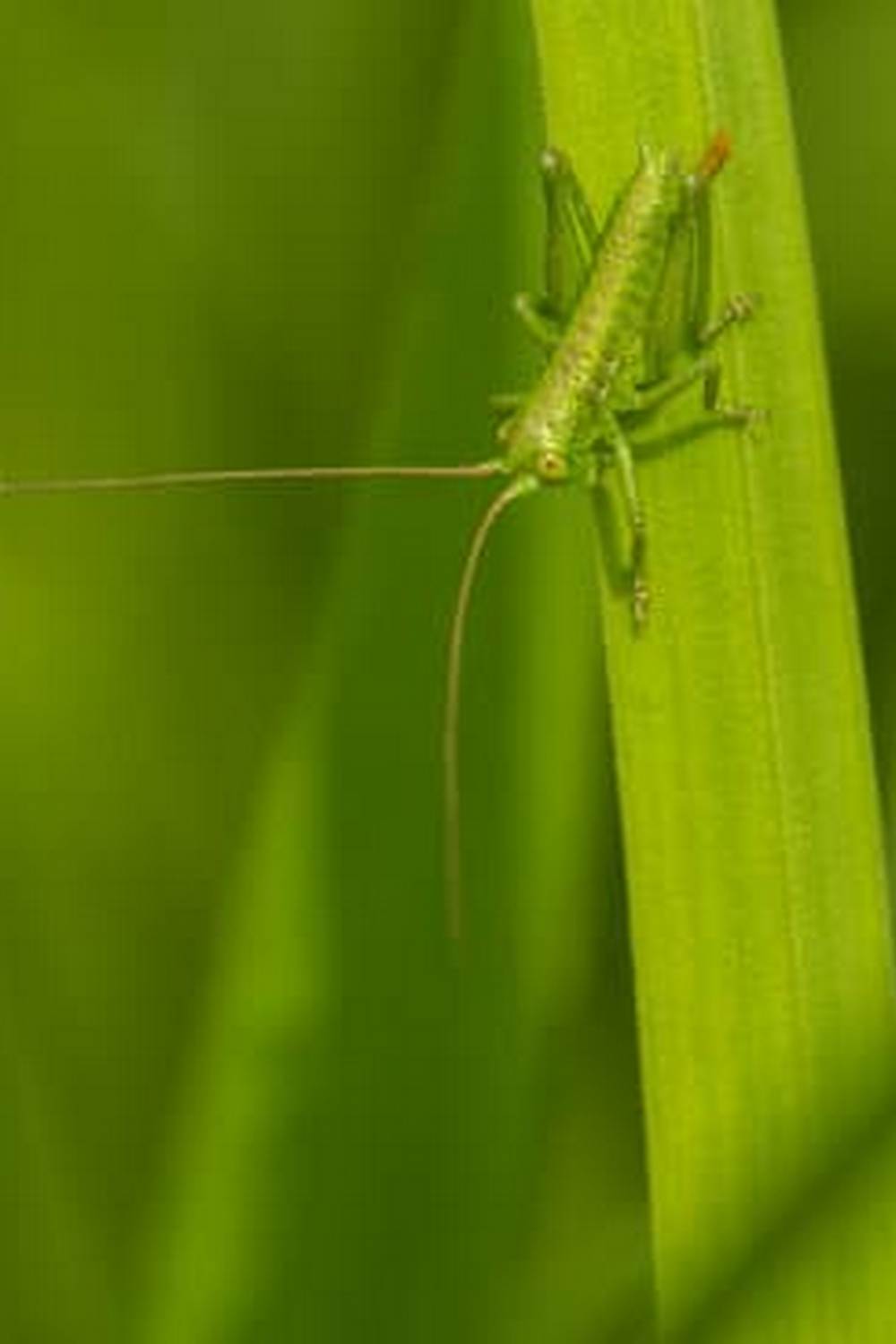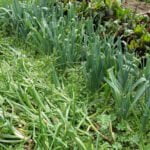Are you looking for innovative ideas for vegetable gardening in small spaces? Limited yard or balcony space shouldn’t deter you from enjoying the benefits of growing your own fresh produce. With some creativity and strategic planning, you can cultivate a productive vegetable garden even in the smallest of areas.
Vegetable gardening in small spaces offers numerous advantages beyond just providing fresh, nutritious food. It allows you to connect with nature, reduce stress, and save money on store-bought produce. Additionally, growing your own vegetables can lead to a sense of accomplishment and satisfaction as you witness the fruits of your labor right at home.
When it comes to choosing the right vegetables for small spaces, opt for compact or dwarf varieties that thrive in containers or raised beds. Consider factors such as sunlight requirements, water needs, and compatibility with other plants when planning your tiny garden. By selecting suitable vegetables that suit your space limitations, you can ensure a successful harvest throughout the season.
Benefits of Vegetable Gardening in Small Spaces
Increased Accessibility and Convenience
One of the main benefits of vegetable gardening in small spaces is the increased accessibility and convenience it offers. With a compact garden, you can easily tend to your plants without having to trek across a large yard or garden.
This is particularly advantageous for individuals with limited mobility or those living in urban areas where outdoor space is scarce. By having your vegetable garden just steps away from your home, you can easily monitor plant growth, address any issues promptly, and harvest fresh produce whenever needed.
Efficient Use of Resources
Small space vegetable gardening also promotes efficient use of resources such as water, soil, and fertilizers. With a smaller area to manage, you can better control the amount of water and nutrients your plants receive, thus reducing waste. Additionally, planting in containers or raised beds allows for better soil quality and drainage compared to traditional ground planting methods. This not only benefits your plants’ health but also helps conserve valuable resources in the long run.
Enhanced Aesthetics and Personalization
Another advantage of growing vegetables in small spaces is the opportunity to create visually appealing and personalized gardens. Since small gardens are typically more contained, you can design them according to your personal preferences and style.
Whether you prefer a symmetrical layout with uniform pots or a more eclectic display with varying plant heights and colors, small space vegetable gardening allows for greater creativity and customization. Additionally, incorporating decorative elements such as trellises, hanging baskets, or colorful containers can enhance the aesthetics of your garden while maximizing space efficiency.
Choosing the Right Vegetables for Small Spaces
Some ideal vegetables for small spaces include cherry tomatoes, herbs like basil and parsley, salad greens such as lettuce and arugula, compact varieties of peppers and cucumbers, and root vegetables like radishes and carrots. These plants can thrive in confined areas and still provide a bountiful harvest for your kitchen.
To make the most of your small space vegetable garden, consider planting vertically as well. Vining plants like cucumbers and pole beans can be trained to grow upwards on trellises or fences, saving ground space for other crops. Additionally, using hanging baskets or wall-mounted planters can help maximize space while adding visual interest to your garden.
When choosing vegetables for your small space garden, think about what you enjoy eating and what grows well in your specific climate. By selecting a variety of plants that suit your tastes and local conditions, you can create a diverse and successful mini-garden right at home.
| Ideal Vegetables for Small Spaces | Benefits |
|---|---|
| Cherry Tomatoes | Compact plants that bear fruit all season long. |
| Basil and Parsley | Fragrant herbs that are simple to grow indoors or outdoors. |
| Lettuce and Arugula | Rapidly growing greens perfect for salads and sandwiches. |
Container Gardening
One of the benefits of container gardening is that it allows you to control the soil quality and drainage more easily compared to traditional in-ground gardening. You can use high-quality potting mix specifically formulated for vegetable plants and ensure proper drainage by adding holes at the bottom of your containers. This way, you can create an optimal growing environment for your vegetables.
When planning your container garden, consider the placement of each pot or planter to make sure that your vegetables receive adequate sunlight throughout the day. Most vegetable plants require at least 6-8 hours of sunlight daily to thrive. Additionally, regular watering is crucial for container plants since they tend to dry out faster than plants in the ground. Consider installing a drip irrigation system or self-watering containers to make watering more efficient and convenient.
| Vegetable | Container Size |
|---|---|
| Tomatoes | 5-gallon pots or larger |
| Herbs (basil, parsley, cilantro) | 6-8 inch diameter pots |
| Peppers | 3-gallon pots or larger |
Vertical Gardening
When it comes to vegetable gardening in small spaces, utilizing vertical gardening techniques can be a game-changer. By making the most out of your available wall space and using trellises, you can significantly increase the amount of produce you can grow even in limited areas. Vertical gardening is not only practical but also aesthetically pleasing, as it adds a unique element to your garden design.
Benefits of Vertical Gardening
One of the main benefits of vertical gardening is its space-saving nature. By growing your vegetables upwards instead of outwards, you can make use of every inch of your garden effectively. This is especially handy for those with balconies, patios, or small yards where space is at a premium. Additionally, vertical gardening can help improve air circulation around your plants, reduce the risk of pests and diseases, and make harvesting easier as the produce tends to be more accessible.
Best Vegetables for Vertical Gardening
When it comes to choosing vegetables for vertical gardening, look for crops that are well-suited for climbing or vining. Some popular choices include tomatoes, cucumbers, beans, peas, and squash. These vegetables thrive when given a sturdy support system like trellises or stakes to climb on.
Be sure to consider the weight of the fruits or vegetables when selecting what to plant vertically and provide adequate support as needed. With proper care and maintenance, you can enjoy a bountiful harvest from your vertical vegetable garden throughout the growing season.
Raised Garden Beds
When setting up raised garden beds in small spaces, it is essential to choose the right materials and sizes. Opt for durable materials like cedar or redwood that can withstand outdoor elements and provide proper insulation for plant roots. Make sure the dimensions of your raised bed are suitable for your space constraints, while also considering factors like access for watering and maintenance.
To make the most of raised garden beds in small spaces, consider using them for both traditional row planting and vertical gardening techniques. Utilize trellises or stakes to grow climbing vegetables like beans or peas vertically, saving precious ground space for other crops. Take advantage of the elevated structure by planting shallow-rooted vegetables like lettuce or herbs around the edges, maximizing the use of every inch in your small space vegetable garden.
- Choose durable materials like cedar or redwood
- Ensure appropriate dimensions for your space constraints
- Utilize both traditional row planting and vertical gardening techniques
Companion Planting
One effective way to make the most out of your small space vegetable garden is through companion planting. This method involves strategically pairing different types of plants that benefit each other in terms of growth, pest control, and overall health. By selecting the right combinations, you can maximize the potential of your small garden and achieve a bountiful harvest.
Here are some popular companion planting combinations to consider for your small space vegetable garden:
- Tomatoes and Basil: Planting basil near tomatoes can enhance the flavor of the tomatoes and help repel pests.
- Carrots and Onions: Carrots and onions are known to complement each other when grown together, as onions can deter pests that usually feed on carrots.
- Cucumbers and Peas: Growing cucumbers with peas can provide mutual support for climbing plants while maximizing space efficiency.
These are just a few examples of how strategic pairings can benefit your vegetable garden in a limited space. By incorporating companion planting into your gardening plan, you can promote healthy growth, increase yield, and create a more resilient ecosystem within your small space garden.
Remember to research specific plant combinations that work well together in order to optimize the success of your companion planting efforts. With thoughtful planning and implementation, you can enjoy a thriving vegetable garden even in a confined area.
Maintaining and Harvesting Your Small Space Vegetable Garden
Maintaining and harvesting a small space vegetable garden may seem daunting, but with proper planning and care, it can be a rewarding experience. One of the key factors in successful maintenance is regular watering and fertilizing. Since plants in small containers or raised beds can dry out quickly, it is essential to monitor soil moisture levels and provide adequate hydration. Utilizing self-watering containers or installing a drip irrigation system can help ensure that your vegetables receive consistent moisture.
In addition to watering, regular weeding and pruning are crucial for maintaining a healthy vegetable garden in a limited space. Weeds can compete with your plants for nutrients and water, so it’s important to remove them promptly. Pruning helps to control the growth of your plants and encourage better airflow, reducing the risk of disease. By staying on top of these tasks, you can help your vegetables thrive and produce a bountiful harvest.
When it comes time to harvest your small space vegetable garden, timing is key. Different vegetables have varying maturity periods, so it’s important to know when each crop is ready to be picked. Harvesting at the peak of ripeness ensures the best flavor and nutritional value from your homegrown produce.
Be gentle when harvesting to avoid damaging the plants, and remember that some vegetables will continue to produce throughout the season if properly maintained. With careful attention to maintenance and harvest timing, you can enjoy the fruits (or veggies) of your labor in your small space garden all season long.
Bonus Section
In conclusion, vegetable gardening in small spaces can be a rewarding and fulfilling experience for anyone looking to grow their own food, even with limited area available. By utilizing creative ideas for repurposing household items, such as old buckets, tin cans, or wooden crates, individuals can maximize their gardening potential while minimizing costs. These DIY projects not only promote sustainability by reducing waste but also add a unique touch to the overall aesthetic of the garden.
Moreover, incorporating vertical gardening techniques like using walls and trellises can further optimize space in small gardens. This not only adds visual interest but also provides additional growing space for a variety of vegetables. Companion planting is another effective strategy to maximize growth and improve yield in small space gardens. By strategically pairing compatible plants together, gardeners can deter pests, improve soil health, and increase productivity within the limited space available.
In essence, with the right approach and a bit of creativity, anyone can have a successful vegetable garden in small spaces. Whether it be through container gardening, raised beds, or innovative uses of household items, there are endless possibilities to explore. By following these ideas and tips for vegetable gardening in small spaces outlined in this article, individuals can enjoy fresh produce right at their doorstep while making the most out of their limited gardening space.
Frequently Asked Questions
How Do You Grow Vegetables in Little Space?
Growing vegetables in a small space can be done through vertical gardening, using hanging baskets, or creating raised beds. Utilizing containers like pots or planter boxes is also a great way to maximize limited space and grow a variety of vegetables.
Which Vegetables Take Up the Least Amount of Space?
Some vegetables that take up the least amount of space include radishes, lettuce, spinach, green onions, and microgreens. These vegetables are ideal for small gardens or balconies as they don’t require much room to grow but still provide a bountiful harvest.
What Leafy Vegetable Needs Only a Small Space to Grow?
One leafy vegetable that needs only a small space to grow is lettuce. Lettuce is a versatile vegetable that can thrive in containers or small garden beds. With shallow roots, it can be easily grown indoors in pots near a sunny window or outdoors in limited spaces such as patios or balconies.

If you’re looking to get into vegetable gardening, or are just looking for some tips on how to make your current garden better, then you’ve come to the right place! My name is Ethel and I have been gardening for years. In this blog, I’m going to share with you some of my best tips on how to create a successful vegetable garden.





